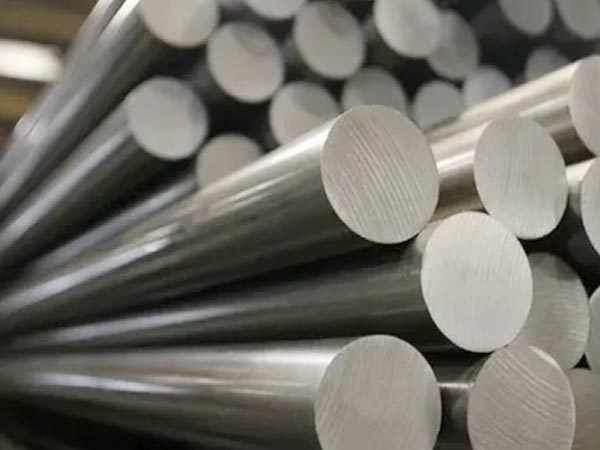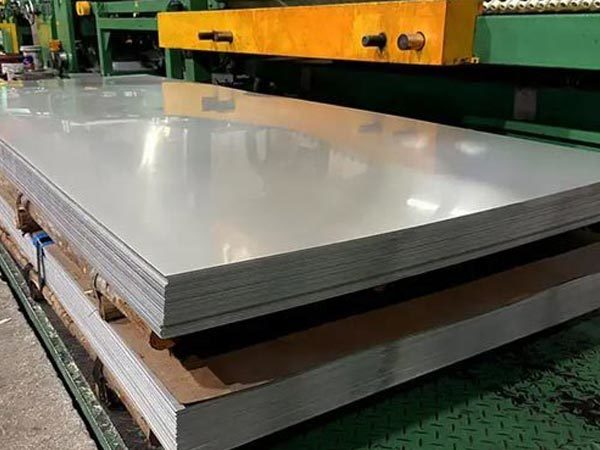JINGYE STEEL GROUP CO., LTD
How do steel coils roll up
Apr 03,2025
The coiling process of steel coils involves multiple steps and special equipment, and the specific process is as follows:
1. Hot rolling or cold rolling treatment
The production of steel coils usually starts with hot rolling or cold rolling. Hot rolling is the rolling of steel billets into steel plates at high temperatures, while cold rolling is the further rolling of steel plates at room temperatures to improve their strength and hardness.
2. Pickling treatment
Before cold rolling, the steel plate needs to undergo a pickling process to remove the oxide scale from the surface and prepare for subsequent cold rolling.
3. Shipping Machine Rolling
The rolled steel plate is fed into a coiler (also known as a coiler). The winder applies tension and radial pressure to the steel plate through its core components (such as high-performance belts), causing elastic-plastic bending and deformation, and gradually winds into a drum shape to form a steel coil.
4. Step-by-step forming
For coiling of large-diameter steel pipes, the steel plate will undergo multiple bending and curling, a process called step by step forming. This is the most critical link in the entire coiling process, which determines the final shape and quality of the steel coil.
5. Assisted Processing
During the rolling process, auxiliary processing such as grinding and cutting may also be required to ensure that the size and surface quality of the steel coil meet the requirements.
6. Safety measures
Due to the large weight and high internal tension, the coils are usually stored and transported vertically to reduce transportation losses and friction and reduce the risk of accidental bounce.
7. Equipment and Technology
The plate rolling machine is an important equipment for rolling steel coils. It drives the working rollers through hydraulic pressure or mechanical force to bending the steel plate into the desired shape. Modern plate rolling machine technology has been able to process steel plates with thicknesses up to 240mm and is widely used in industrial fields. Through the above steps, the steel plate is efficiently rolled into a steel coil, which provides convenience for subsequent processing and transportation.
Hot Tags:
PREVIOUS:





